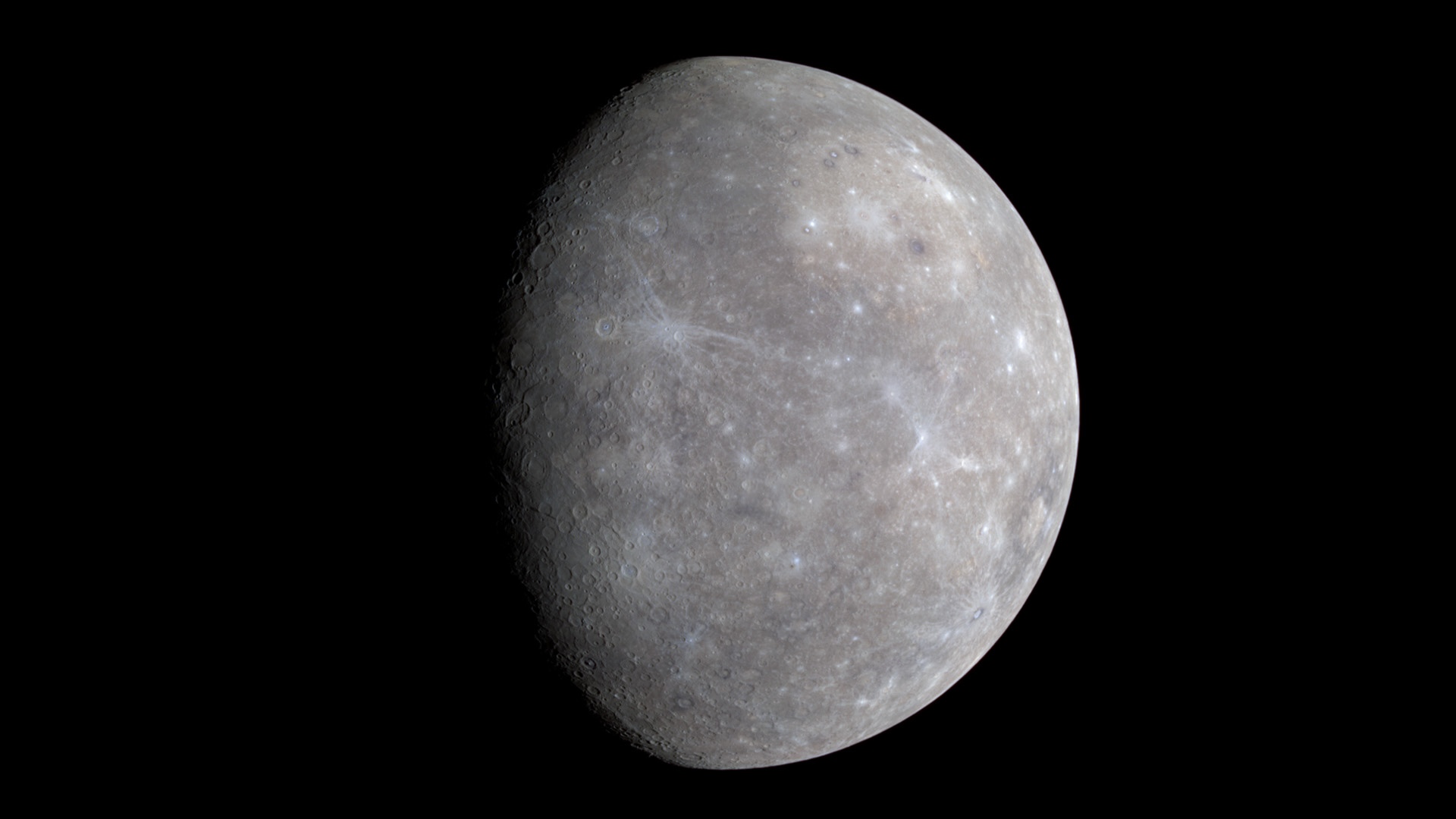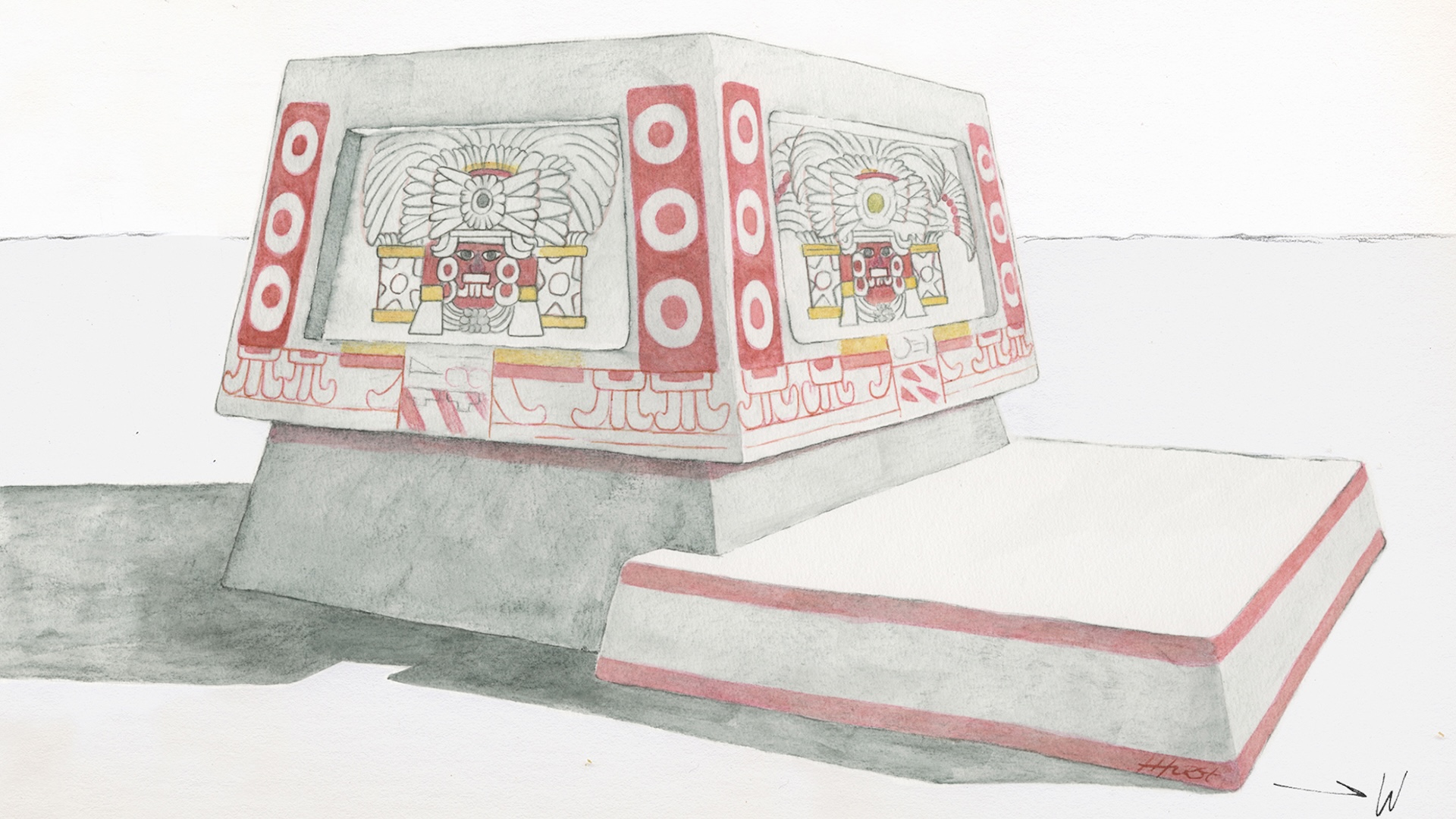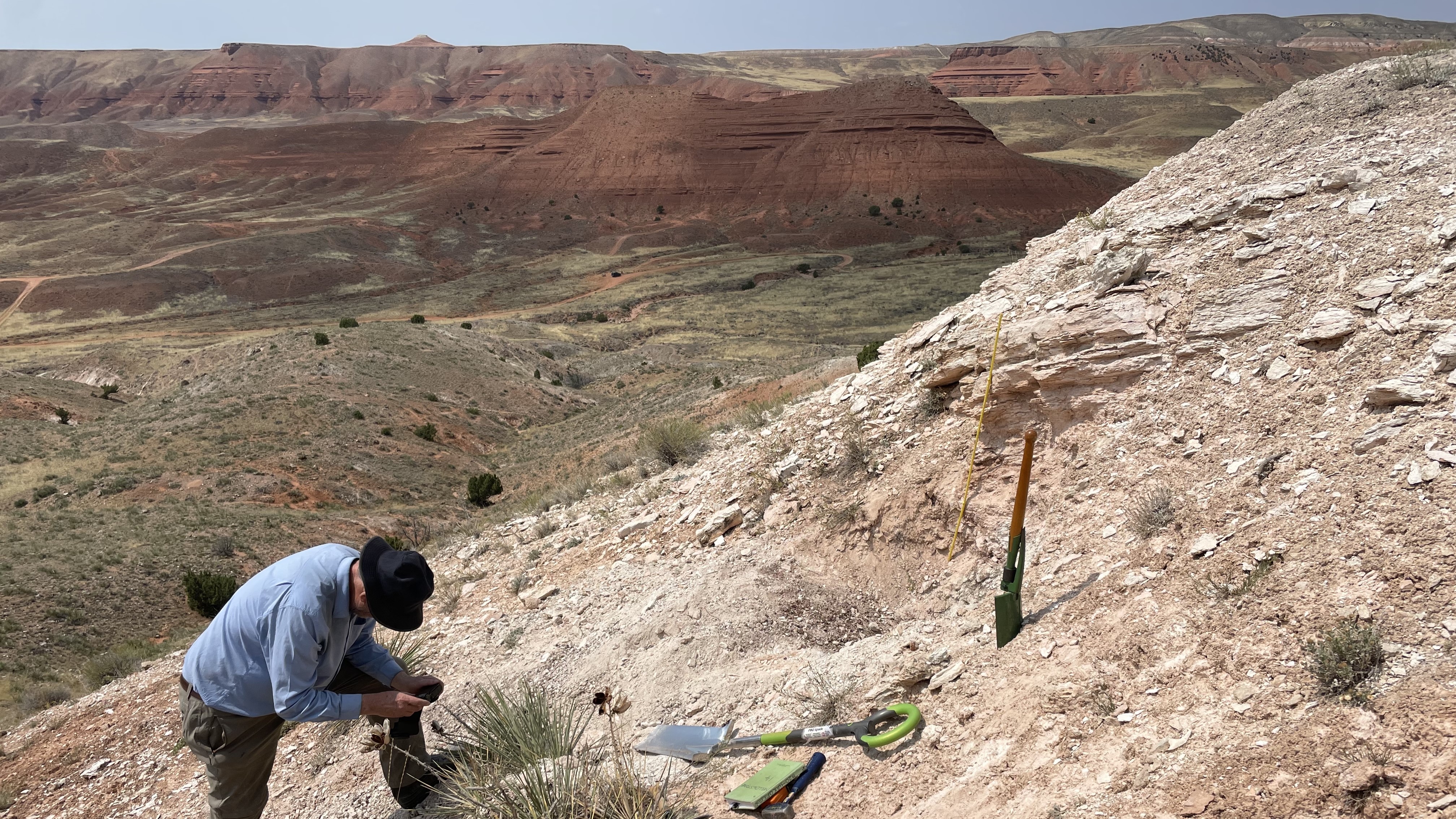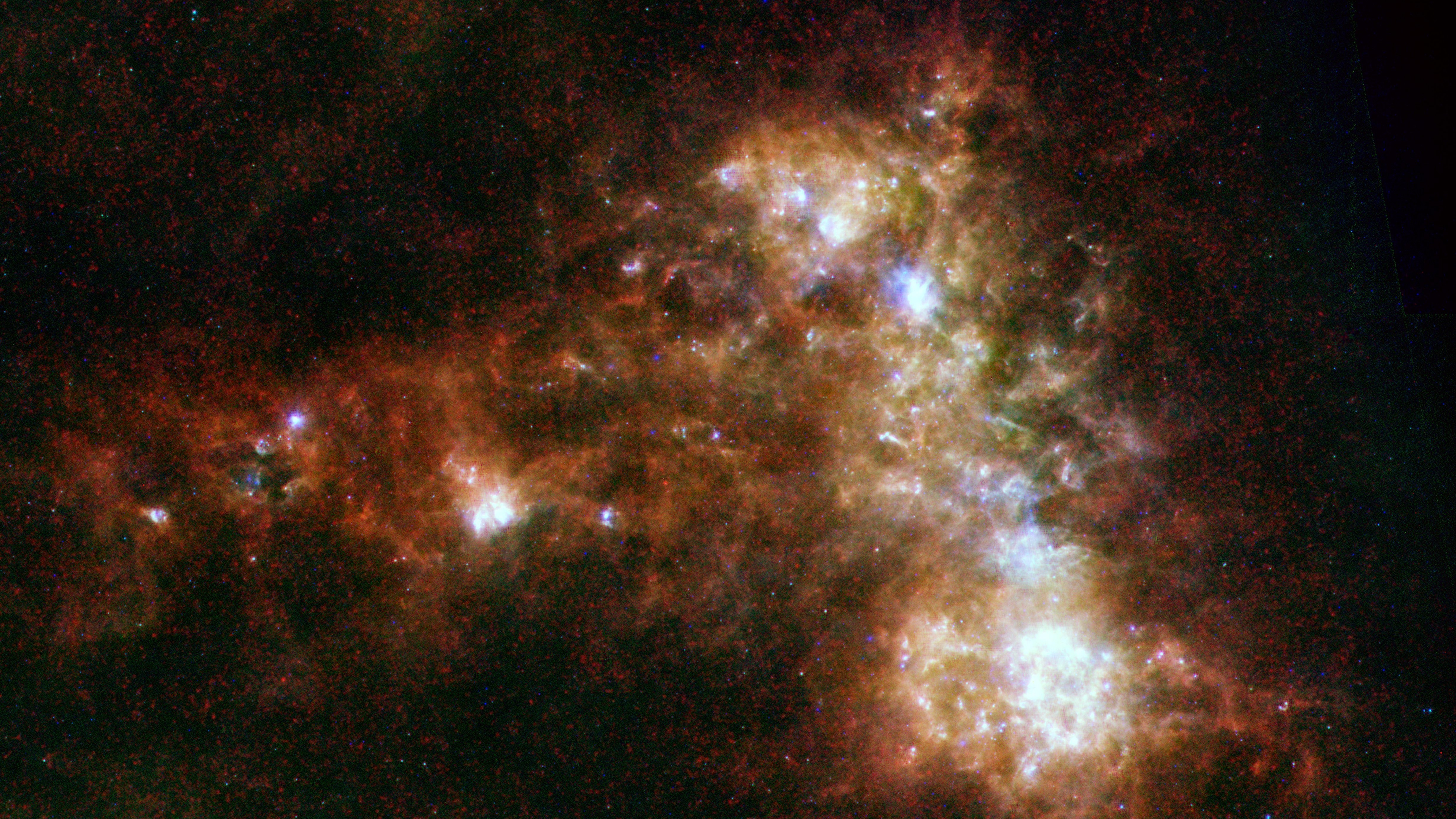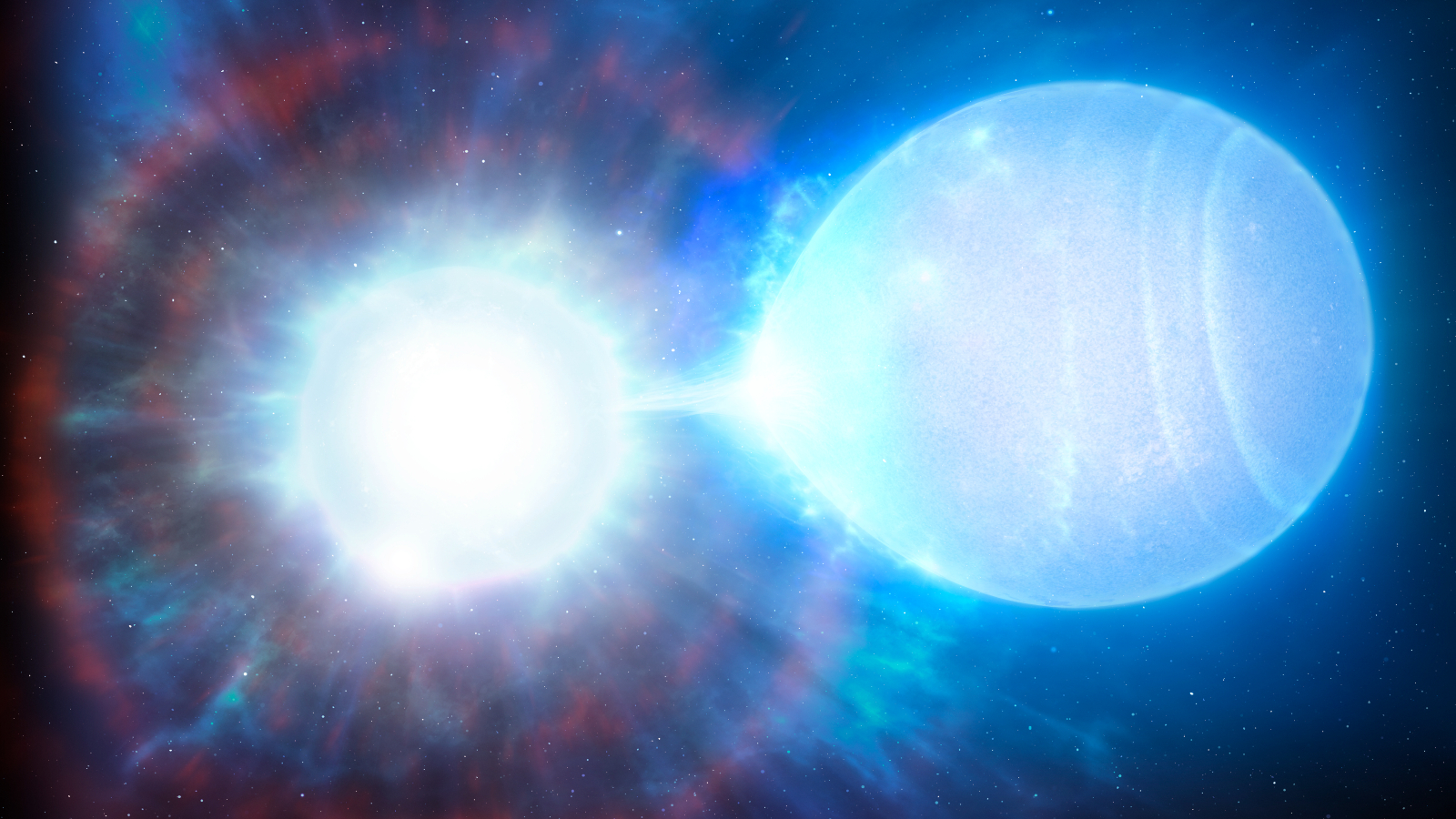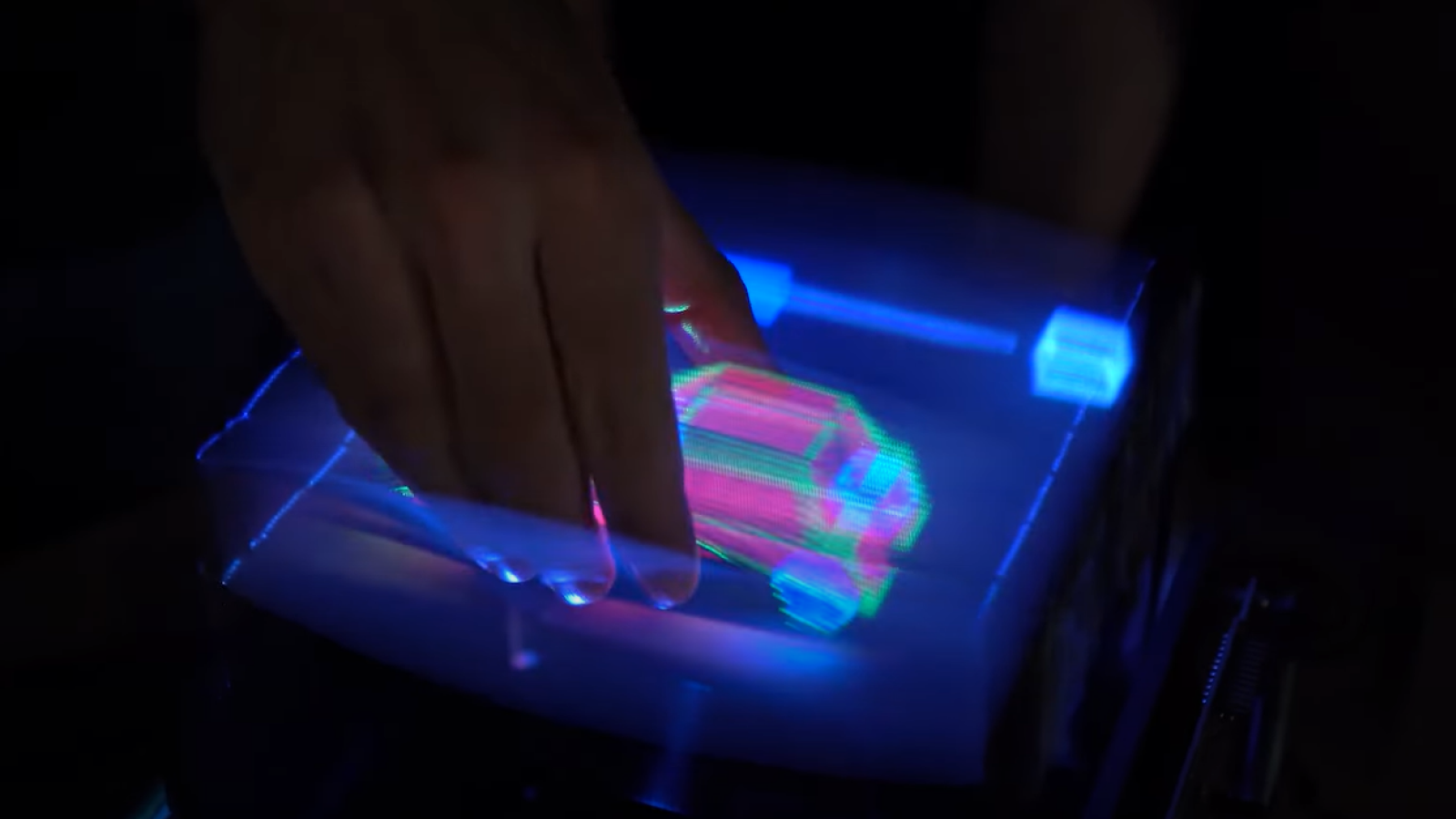Nearby asteroid may contain elements 'beyond the periodic table', new study suggests
Naturally occurring superheavy elements beyond those listed in the periodic table could potentially explain why asteroid 33 Polyhymnia is so dense, new research suggests.
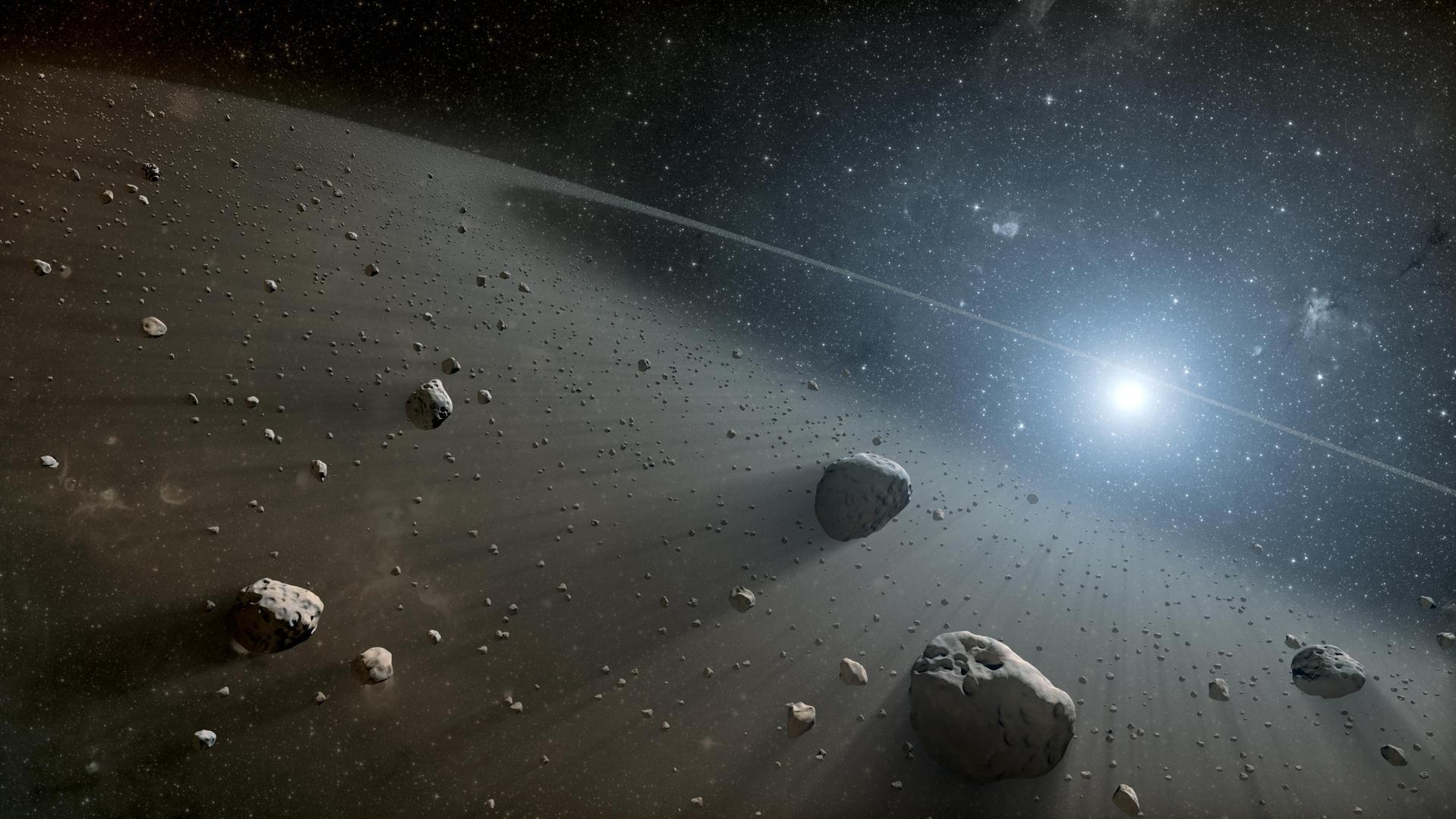
A handful of asteroids in our solar system are so dense that no element on Earth can explain their properties. Instead, they may be made of naturally occurring "superheavy elements" beyond those listed in the periodic table — our current best catalog of 118 chemical elements — new research suggests.
"If asteroids do indeed contain superheavy elements, it would open numerous questions surrounding how these elements were formed and why we have not discovered them outside of asteroids yet," study co-author Johann Rafelski, a physics professor at the University of Arizona, told Live Science.
Immensely heavy space rocks, known as compact ultra dense objects (CUDOs), are typically heavier than osmium, the heaviest naturally occurring element on Earth. One such rock is 33 Polyhymnia, located in the main asteroid belt between Mars and Jupiter. Scientists have long been puzzled by its density, as the 34-mile-wide (55 kilometers) object does not have the mass needed to squeeze minerals into ultradense forms. However, its makeup has been difficult to pin down, thanks to its small size and vast distance from Earth.
Previous research suggested that the density of CUDOs like 33 Polyhymnia could be explained if the objects were filled with mysterious dark matter particles that perhaps do not exist as freely distributed particles but rather in conglomerations within asteroids. Now, in a study published Sept. 15 in the The European Physical Journal Plus, Rafelski and two colleagues mathematically demonstrated that the existence of CUDOs can be explained not with dark matter, but with unknown classes of chemical elements beyond the periodic table that are much denser than osmium.
Scientists have long debated whether elements heavier than oganesson, the last one in the periodic table, could occur naturally and be stable. Such superheavy elements are highly radioactive and decay within milliseconds, thanks to repulsion among the high number of protons packed in their nuclei.
Previous work suggested there is a theoretical region of the periodic table termed an "island of stability" of superheavy elements around atomic number 164. At this weight, elements might not undergo rapid radioactive decay and would exist for short periods of time. New calculations by Rafelski and his team agree with this prediction.
"All super-heavy elements — those that are highly unstable as well as those that are simply unobserved — have been lumped together as 'unobtainium,'" Rafelski said in a statement. "The idea that some of these might be stable enough to be obtained from within our solar system is an exciting one."
Sign up for the Live Science daily newsletter now
Get the world’s most fascinating discoveries delivered straight to your inbox.
To arrive at their conclusions, the researchers theorized the atomic structure of hypothetical superheavy elements using a crude model of an atom known as the Thomas-Fermi model. They found that elements with atomic numbers near 164 would have a density somewhere between 36 and 68.4 grams per cubic centimeter (20 and 39.5 ounces per cubic inch).
This range is close to the calculated density of 75.28 g per cubic cm (43.5 ounces per cubic inch) for 33 Polyhymnia. The results suggest that superheavy elements, if they really exist, could explain the massive density seen in the space rock and others similar to it, although dark matter cannot be fully ruled out as a possible resident within ultradense asteroids.
"What is especially exciting about this work is that we do not know exactly where this will lead," Rafelski told Live Science.

Sharmila Kuthunur is a Seattle-based science journalist focusing on astronomy and space exploration. Her work has also appeared in Scientific American, Astronomy and Space.com, among other publications. She has earned a master's degree in journalism from Northeastern University in Boston. Follow her on BlueSky @skuthunur.bsky.social



